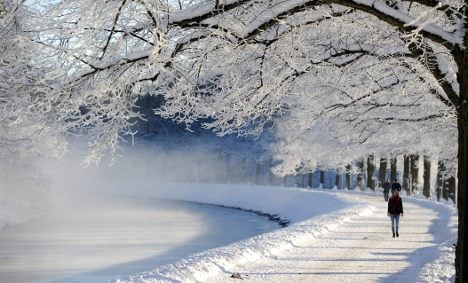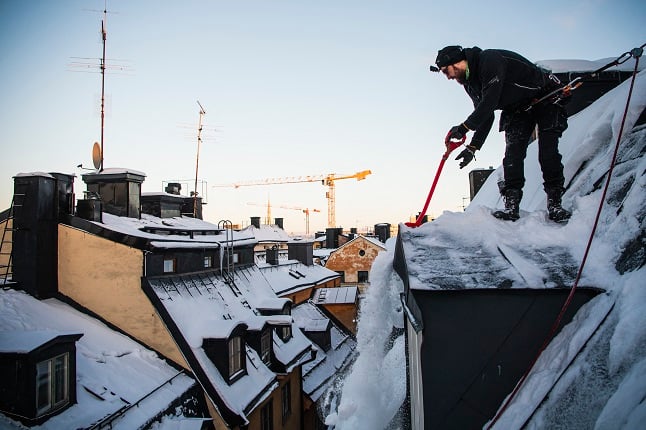We’ve had a terrible winter up north. Absolutely rotten. Temperatures seem to have hovered around 0C for practically the whole winter, meaning that while we’ve had some snow there have also been long periods of thaw. There was even some rain in December, January and February. Rain! Up here! In the winter! It’s unthinkable.
Getting away from the rain is one of the main reasons we chose the north when we moved over from the UK two years ago. Last winter we had four to five rain-free months and godly amounts of snow – it was fabulous. This winter, I’ve regularly driven in drizzle and it’s been awful. It’s like living in southern Sweden or, horror of horrors, the UK.
Of course, a mild winter reduces the attraction of northern Sweden somewhat. Although some brave lads, who clearly don’t mind damaging their snowmobiles or potentially slipping through some thin ice on a lake, have been out in the slender, icy snow, none of my friends have ventured out very far.
There have been no great snöskooter safaris – I haven’t even hauled my skooter (snowmobile) out of storage. I’ve not ridden it once. If I do get to ride it next winter it’ll have been the first time for 18 months. How can I really justify keeping such an expensive piece of kit if I don’t get to use it every year?
The roads have been treacherous too – I’ve not had an accident but I know of two people who have slid off the road. Driving here is usually really enjoyable, especially in the winter – not so this year.
The locals are baffled by the mildness. They hate this weather as much as I do. Apparently this is the warmest winter up here since records began. Randy, my neighbour, says he’s barely been skiing. “The snow is thin and horrible.” And there’s no sign of it getting any better – the forecast is for rising temperatures. March usually sees a decent amount of snowfall but the only precipitation promised is of the liquid variety. Bears have been seen coming out of hibernation early, flowers are blooming months early.
Part of the magic of northern Sweden is that you usually get proper, defined seasons. Summer is very warm, autumn relatively balmy and beautiful (the autumn colours up here are spectacular), winter cold and snowy and spring bright and fresh. This current mediocrity is not what I signed up for. We’ve not even had much sun. The days have been relentlessly grey and dull as these heavy, warm systems have squatted over the area.
It seems this bad winter is to be blamed on meandering jet streams, pushing warmer weather north and cooler weather south. Nobody seems certain if this is set to be a trend. What is certain is that if we have another winter like this next year, we will have to re-evaluate our situation up here. I love northern Sweden but without the snowy, cold winters it just won’t be the same anymore.
Paul Connolly



 Please whitelist us to continue reading.
Please whitelist us to continue reading.
Member comments